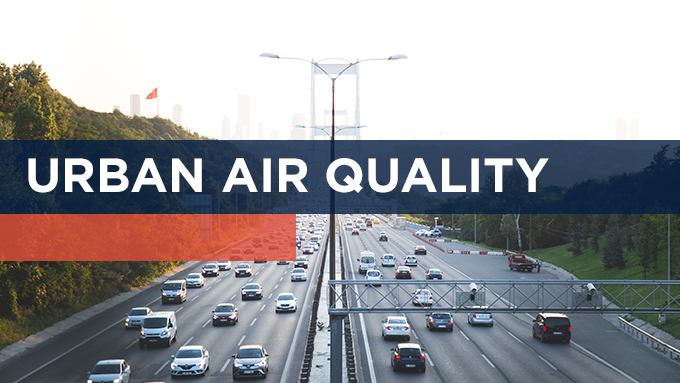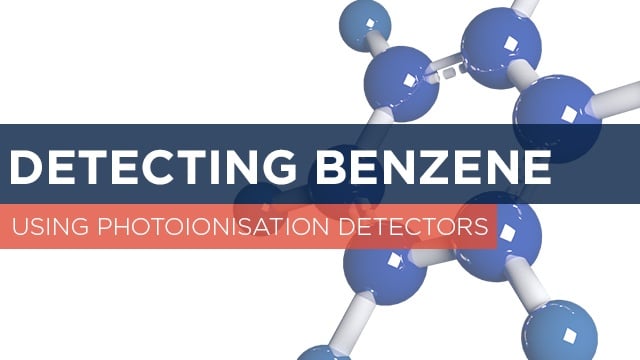Urban Air Quality
Our atmosphere is dynamic. Biological, physical and chemical processes contribute to ‘clean air’, a gas mix which is remarkably well balanced for life and free of toxic gases and particulates.
Oxygen is at as high a concentration as enables aerobic organisms such as us to breath easily, whilst not so high as to cause unquenchable forest fires. Carbon dioxide is plentiful enough for plants to grow, both as a source of carbon and in retaining sufficient but not too much warmth from the sun. Elements essential for life such as sulfur and iodine are transported from land to sea in the form of volatile organic compounds (VOCs).
Many gases, which are toxic or harmful to life are removed by chemical and physical adsorption on solid particles (particulates) which ultimately fall out of the air under gravity as dust or rain. What is more, through a series of chemical reactions, including reactions with sunlight (photochemical reactions), the atmosphere is kept almost completely free of specific VOCs released by plants, it would seem to their own and wider advantage. For example, it has been recently established that on being bruised, leaves release VOC messengers (pheromones) that attract predators of leaf eating insects! Read more!
Using PID for Benzene detection
Rather than having to rely on human senses in a workplace setting it is advisable to use an appropriate form of quantitative monitoring; indeed the onus is on the employer to do the risk assessment. Remembering the old adage attributed to Lord Kelvin that you can’t manage what you don’t measure, there are methods published by the Health and Safety Executive in the UK and NIOSH in the USA that can be used to capture air samples for later analysis but by definition this occurs after exposure could have taken place. Therefore real-time methods are preferable which can range from fixed, permanent systems for fence line applications, hand-held devices for area measurements or confined space entry and most recently developed, personal monitors that can alert a worker of an immediate hazard.




